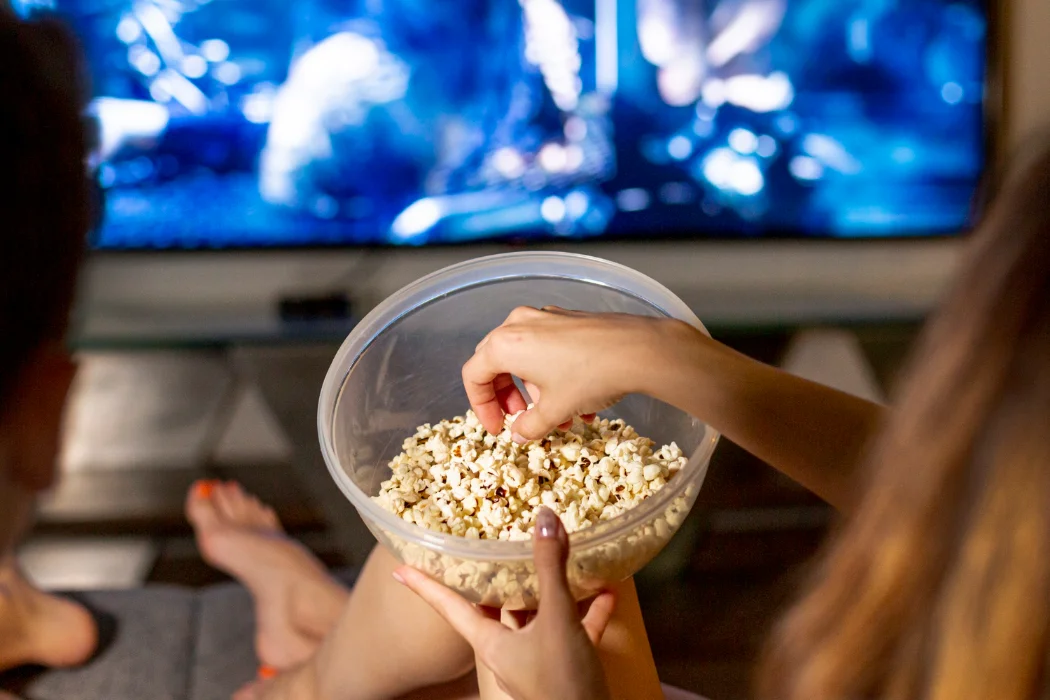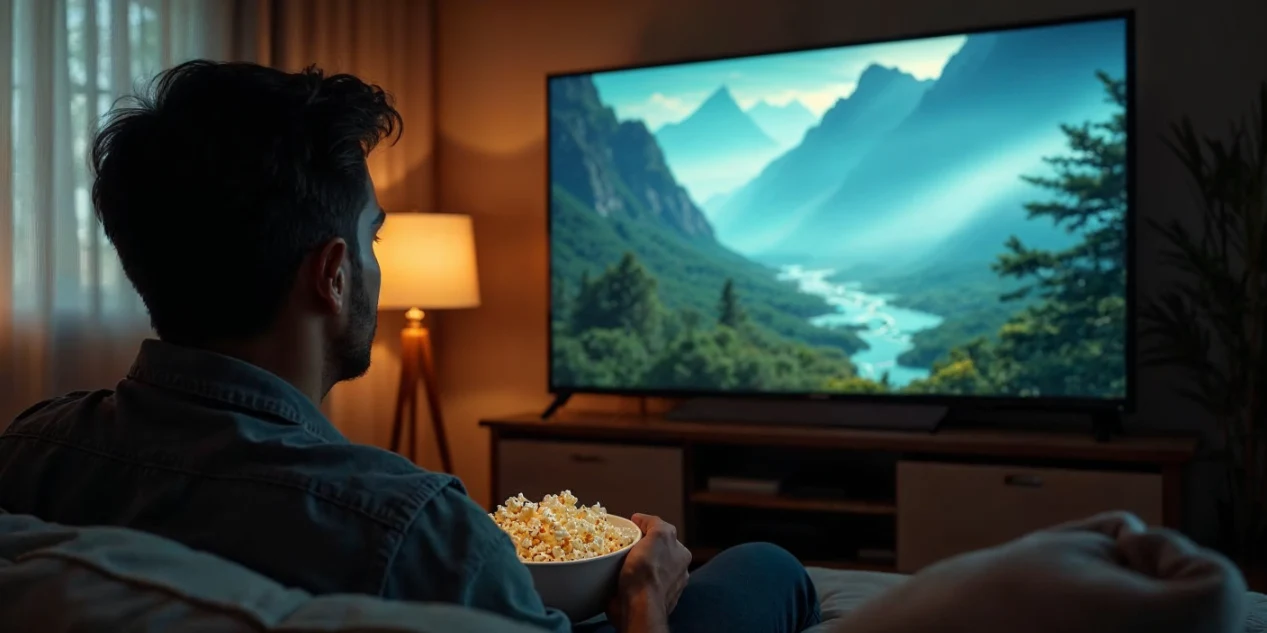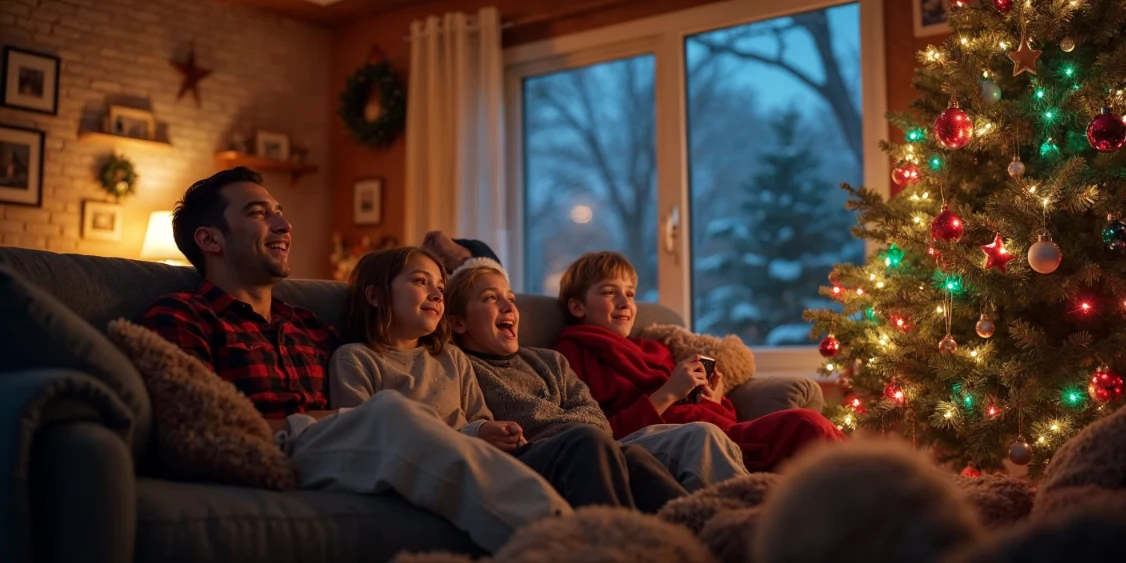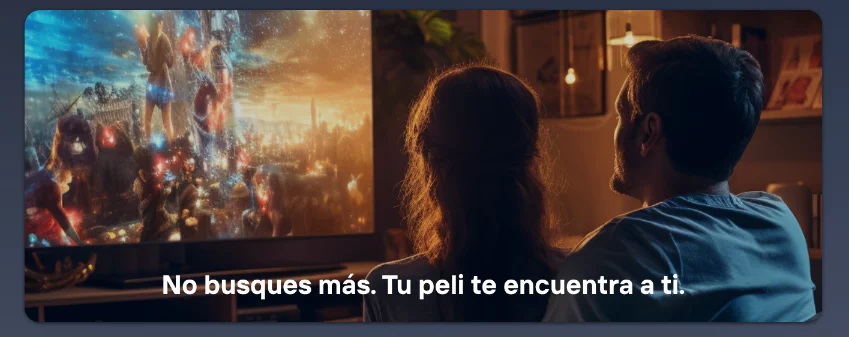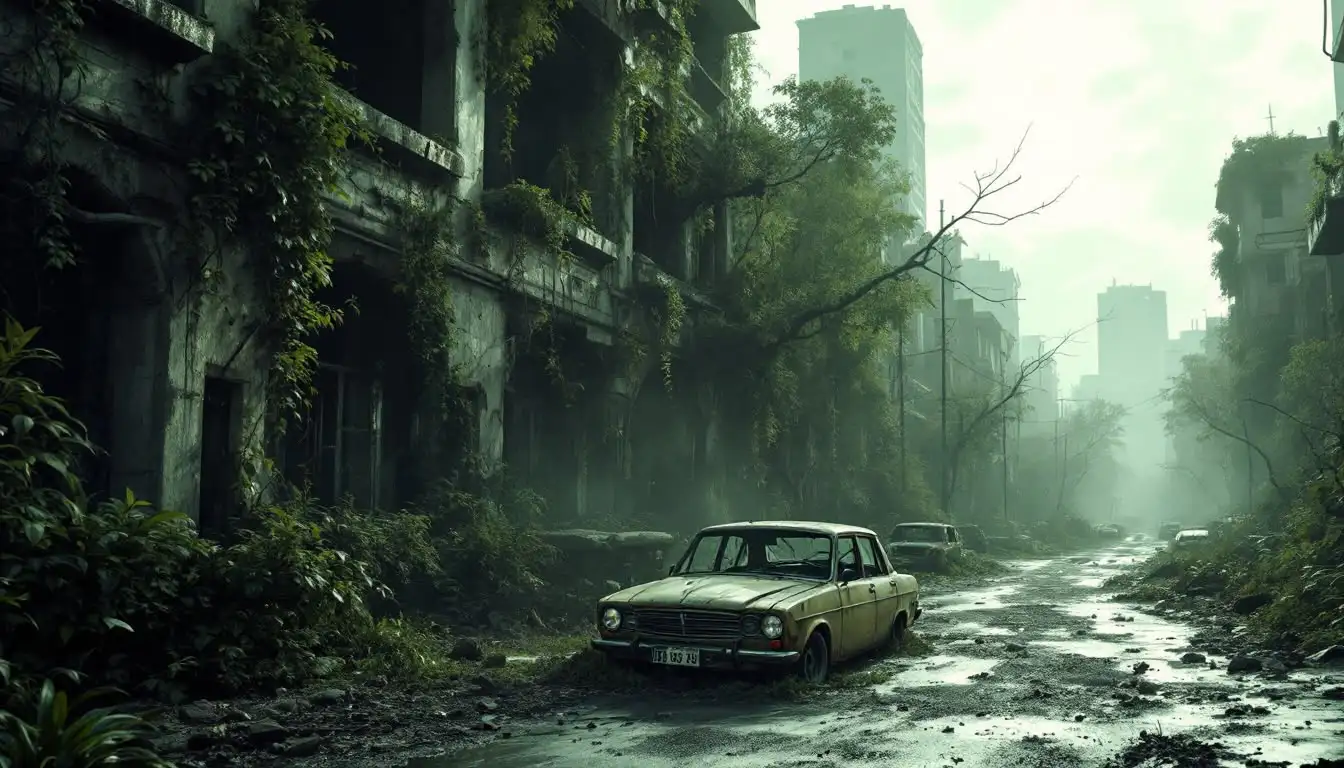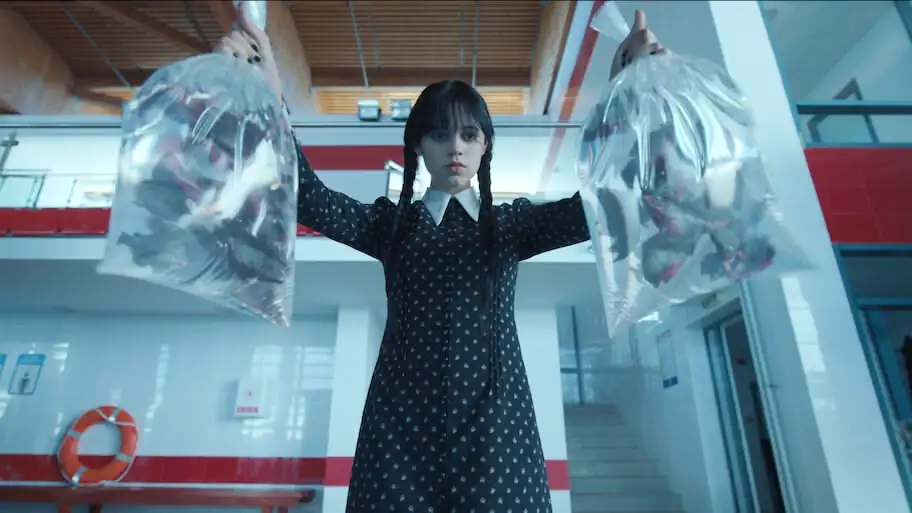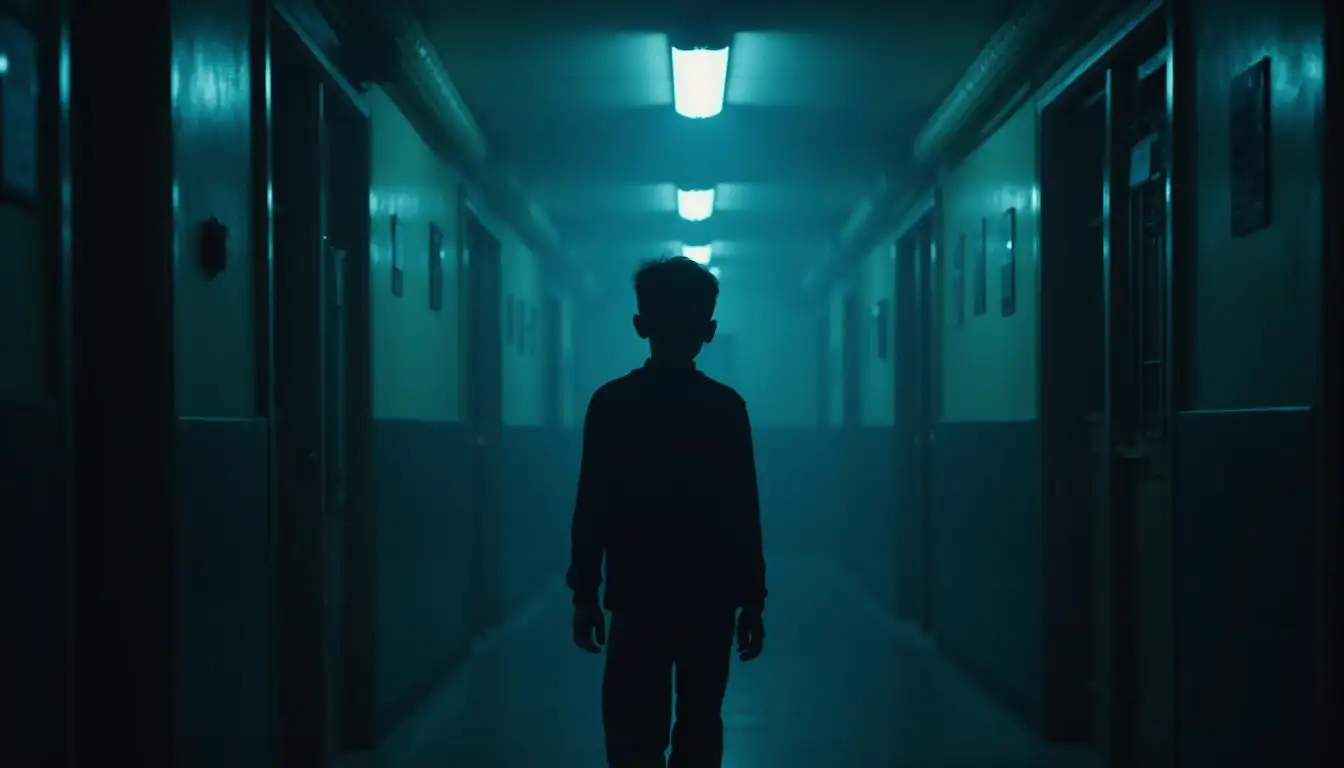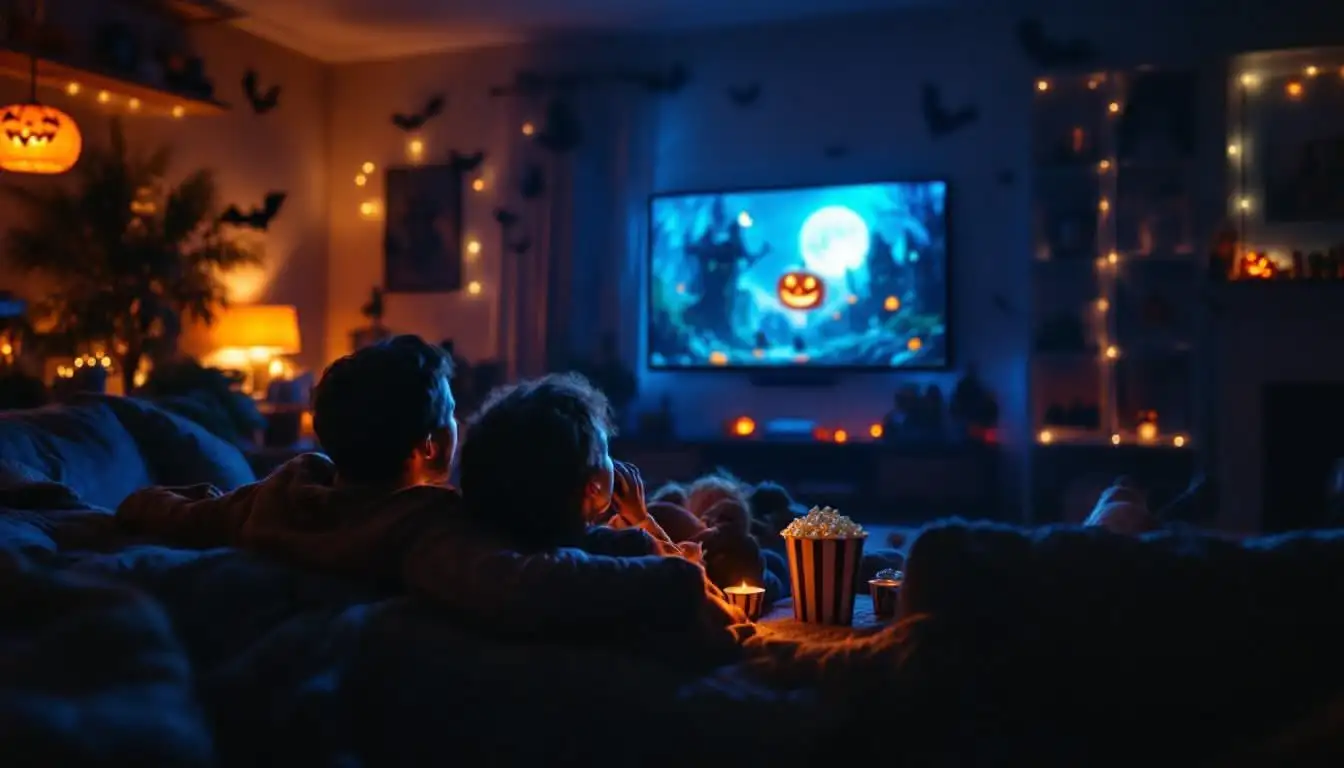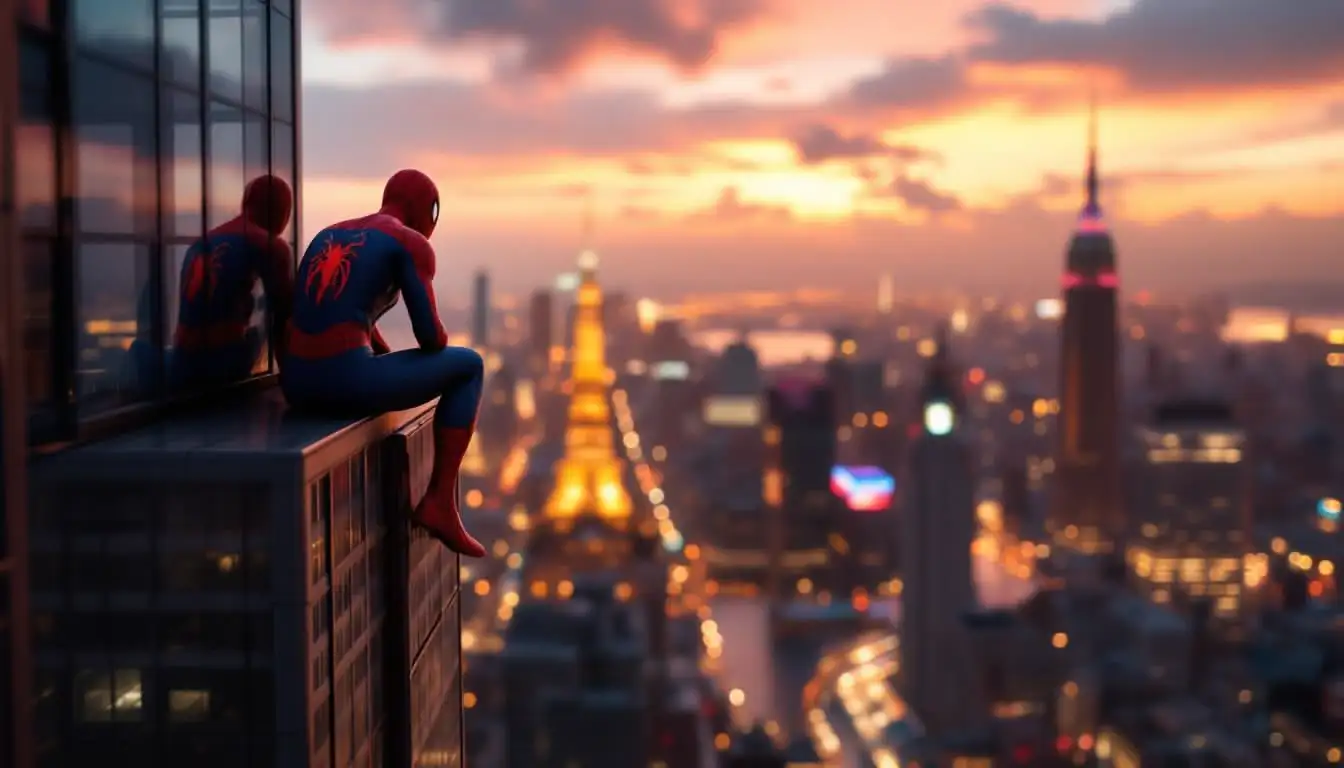A journey through the vintage classics of Disney Plus
Each of these classic films represents a chapter in the evolution not only of animated cinema
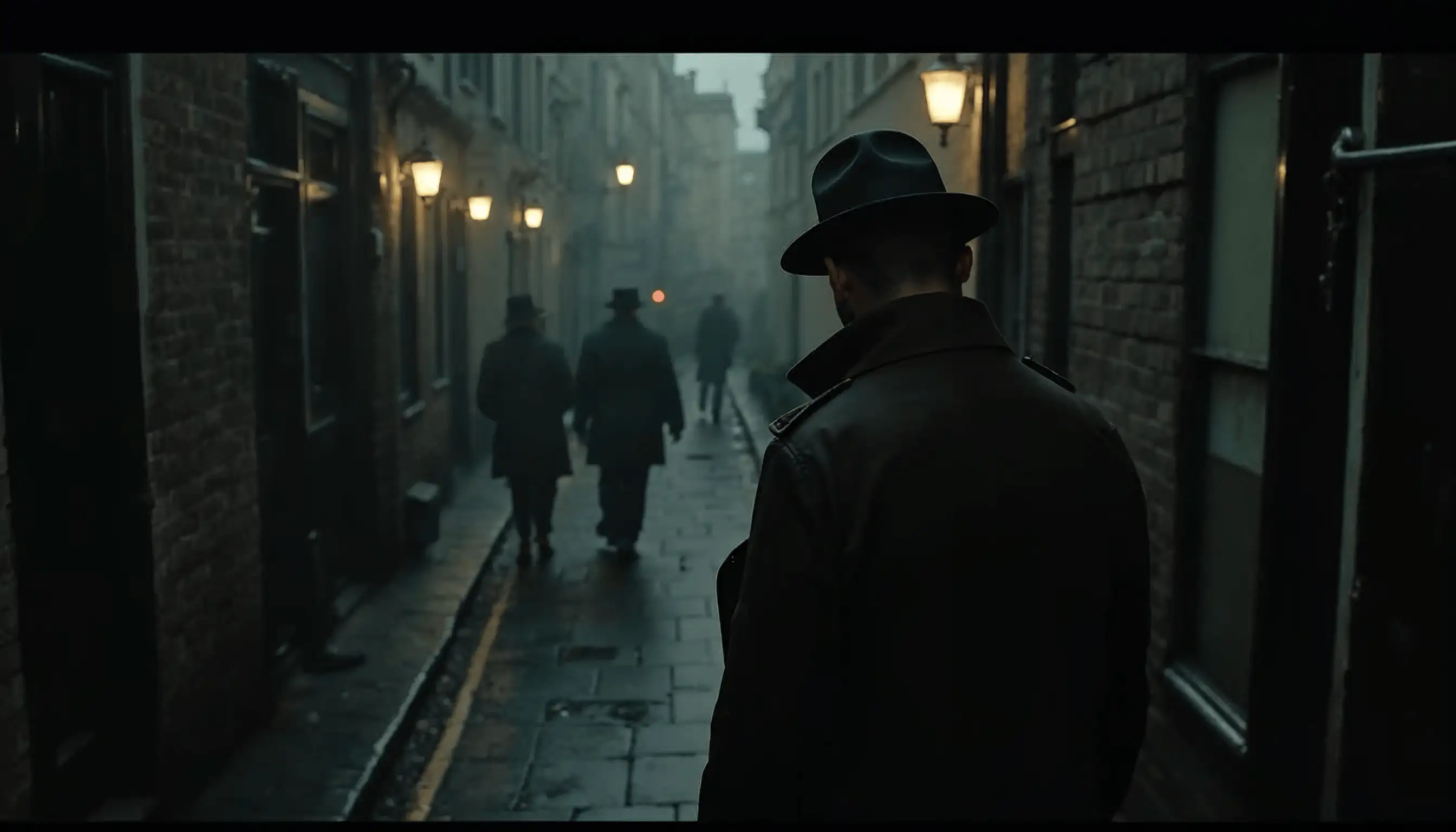
Since Walt Disney revolutionized the world of entertainment with his first animated feature film in 1937, the company has created a cinematic legacy that transcends generations. These películas clásicas not only defined the childhood of millions of people around the world but also laid the foundations of what we know today as modern animated cinema.
Best Vintage Movies on Disney Plus
Snow White and the Seven Dwarfs (1937): The Beginning of a Legend
The story began with a risky gamble that many considered "Disney's folly." Snow White and the Seven Dwarfs was not only the first fully hand-drawn animated feature film but also proved to the world that animated movies could tell deep and emotionally complex stories. This adaptation of the Brothers Grimm's tale established the narrative model that Disney would follow for decades: a kind-hearted heroine, a memorable villain, and a universal moral about good and evil.
Pinocchio (1940): The Quest for Humanity
With Pinocchio, Disney significantly elevated the technical quality of animation. The film explored deep themes about morality, honesty, and what it means to be truly human. Geppetto, the lonely carpenter who wishes for his wooden creation to come to life, represents unconditional paternal love, while Pinocchio must learn to navigate a world full of temptations and dangers to earn the right to become a real boy.
The Classics of the 1940s: Dumbo and Bambi
Dumbo (1941) and Bambi (1942) cemented Disney's reputation as a master storyteller of tales that combine childlike innocence with darker realities. Dumbo, the little elephant with giant ears who learns to fly, is a powerful metaphor about accepting our differences and turning our supposed weaknesses into strengths. Bambi, on the other hand, introduced an entire generation to the natural cycles of life and death, creating one of the most emotional moments in film history.
The Classic Renaissance of the 1950s
Cinderella (1950): The Triumphant Return
After years of economic difficulties during and after World War II, Cinderella marked Disney's return to major fairy tale productions. The story of the mistreated young woman who finds her happy ending thanks to magic and her natural kindness resonated especially in a society seeking hope and optimism in the post-war era.
Sleeping Beauty (1959): The End of an Era
Sleeping Beauty was the last fairy tale film produced under the direct supervision of Walt Disney. With its artistic style inspired by medieval art and one of Disney's most iconic villains, Maleficent, this film closed the original classic era with an unprecedented visual display.
The Magic of Live Action: Mary Poppins (1964)
Mary Poppins represented a technical revolution by masterfully combining live actors with animation. Julie Andrews brought to life the most famous nanny in cinema, creating a character that perfectly balanced discipline with magic, responsibility with fun. The film demonstrated that Disney could succeed beyond pure animation.
The Golden Renaissance: The 1990s
The Little Mermaid (1989): The Awakening of a New Era
After decades of films that, while endearing, did not achieve the cultural impact of the early classics, The Little Mermaid awakened Disney from a long creative slumber. Ariel, the rebellious mermaid who dreams of walking on land, connected with a new generation of viewers who valued independence and determination over blind obedience.
Beauty and the Beast (1991): Narrative Perfection
Considered by many critics as the masterpiece of the Disney renaissance, Beauty and the Beast was the first animated film nominated for the Oscar for Best Picture. The story of Belle, a young intellectual who sees beyond appearances, and the Beast, a cursed prince who must learn to love and be loved, set a new standard for animated romantic films.
Aladdin (1992): The Magic of the Middle East
Aladdin transported audiences to an exotic world full of magic, adventure, and humor. Robin Williams revolutionized animated voice acting with his portrayal of the Genie, creating a character that was simultaneously ancient and contemporary, powerful and vulnerable.
The Lion King (1994): The African Epic
Drawing inspiration from literary classics like Hamlet, The Lion King elevated Disney's narrative to new epic heights. The story of Simba and his journey from innocence to maturity, set in the vast African plains, combined universal themes of responsibility, loss, and redemption with an unforgettable soundtrack.
The Lesser-Known Treasures
Pocahontas (1995) and The Hunchback of Notre Dame (1996)
These films represented Disney's willingness to tackle more mature and complex themes. Pocahontas explored the meeting of cultures and respect for nature, while The Hunchback of Notre Dame, considered one of the darkest in the Disney canon, dealt with themes of discrimination, obsession, and redemption with uncommon depth in family cinema.
Mulan (1998): Breaking Stereotypes
Mulan challenged the traditional conventions of Disney princesses by presenting a warrior heroine who fought not for romantic love but for family honor and the protection of her people. The film was a pioneer in showcasing a female protagonist who triumphed through her intelligence, bravery, and martial skills.
Tarzan (1999): The End of a Golden Era
Tarzan closed the Disney renaissance of the 1990s with an innovative visual exploration of the jungle and an emotional story about identity and belonging. The "tree surfing" technique revolutionized motion animation and created unprecedented action sequences in traditional animation.
The Enduring Legacy
These mythical Disney films transcend their value as children's entertainment. They are works of art that have influenced generations of animators, filmmakers, and storytellers. Each brings something unique to the cultural canon: from pioneering technical innovations to deep explorations of universal themes like love, loss, personal growth, and the struggle between good and evil.
On Disney Plus, these vintage classics find new life for contemporary audiences, allowing parents to share with their children the same stories that thrilled them in their youth, creating an intergenerational bridge of shared experiences.

